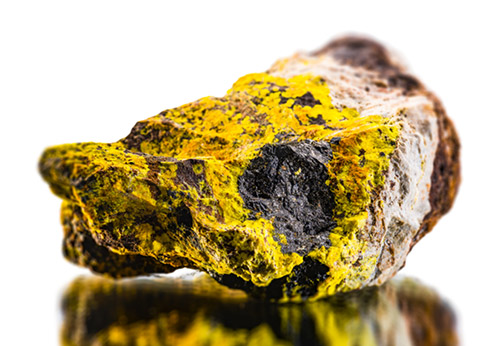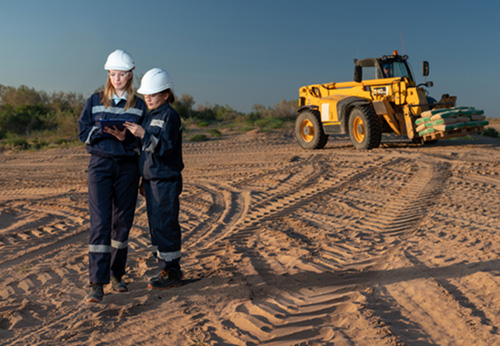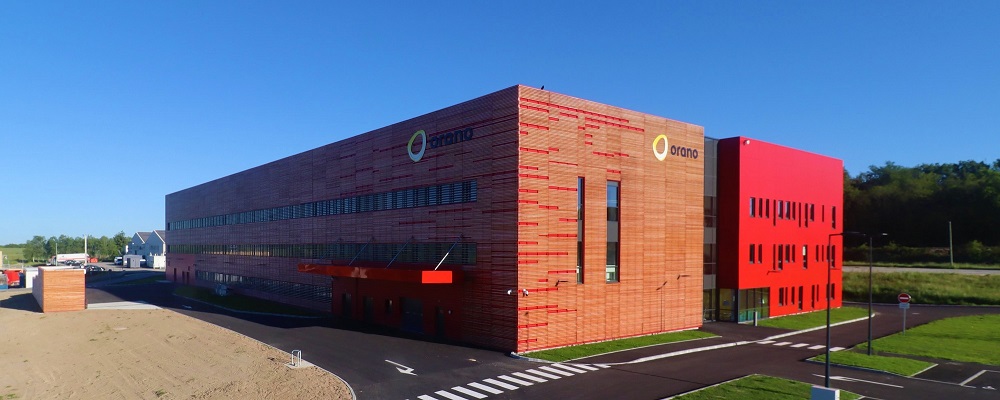
Crushing Grinding Splitting of Samples for Testing/Analysis
<p>Entrust your samples to a laboratory with proven expertise and state-of-the-art equipment for crushing, grinding, or sample splitting. Our laboratory can meet your requirements for industrial testing or analyses.</p>
-
- Scale up an industrial crushing or grinding facility by determining, for example, the Work Index or the Particle Size Distribution (PSD) of an ore.
- Prepare several homogeneous samples with a defined particle size (mesh) to study the performance of a processing method (leaching, liquid/solid separation, flotation, etc.).
- Obtain finely ground and representative subsamples from coarse samples, intended for the requested analyses, including those required for mineral resource or reserve evaluation.
-
- Benefit from a customized sampling plan designed by our engineers, defining the optimal sequence of crushing, grinding, splitting, and sieving operations to be performed with our equipment.
- Perform mechanical preparation tailored to your objectives:
- Crushing and grinding to achieve the target particle size
- Sample preparation including splitting for analyses or process testing
- Determination of key parameters (Work Index, PSD) for sizing your facilities
- Work in complete safety: our dedicated laboratories are equipped with dust-extraction systems and ergonomic equipment to protect operators.
- Ensure that samples are prepared using a methodology representative of the process to be implemented.
- Have confidence provided in our sample preparation.
-
- Over 40 years of experience in defining mining processes.
- Extensive equipment fleet: crushers (up to 80 mm, several hundred kg/h), rod and ball mills (<100 µm), ring mills (<80 µm), sieve shakers (50 µm to 40 mm), riffle and rotary sample splitters, laser particle size analyzers (0.1 µm to 20 mm), optical particle size analyzer (0.1 µm to 20 mm), analyzers.
- Recognized expertise in sampling and preparation for testing and analysis.
- Two laboratories exclusively dedicated to mechanical sample preparation.
- Enhanced safety: equipment fitted with dust-extraction systems and compliance with ergonomic standards.
- Wide range of particle size characterization techniques: sieving, laser diffraction, optical analysis, image analysis.
- Strict quality standards applied: prevention of sample contamination (appropriate materials, regular cleaning).
-
-
-



